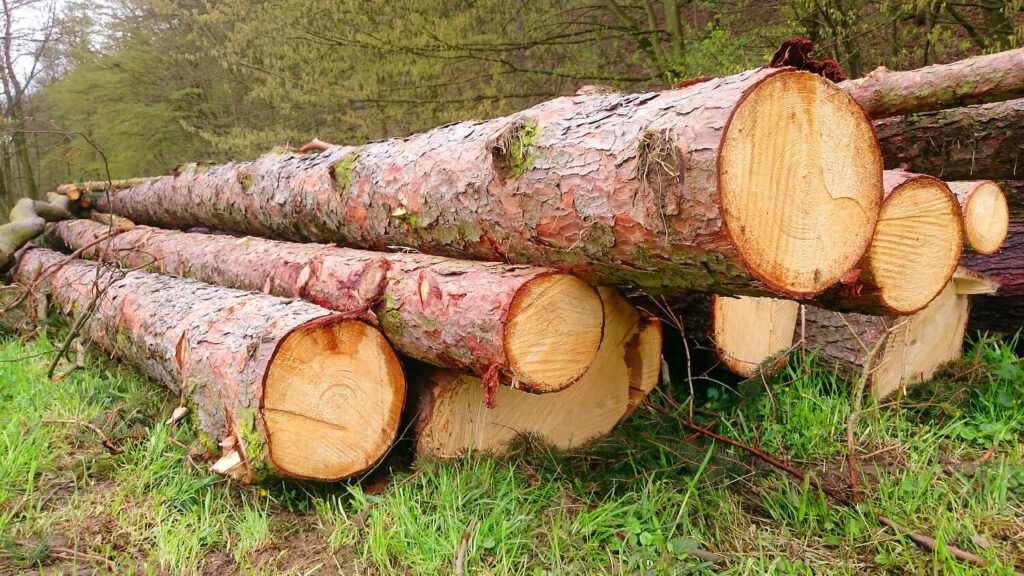
You’ve been thinking about cutting down large trees on your property for a while now. Maybe you’ve also heard a lot about how cutting down trees can be helpful not just in terms of making your land safer, but because it can bring you a good profit too. But you don’t know where to begin or if it’s even a good idea.
There are a number of steps to harvesting trees, but you can get a lot of help from professionals, and that can be a good place to start.
Even if you do intend to do it by yourself, for the most part, the most important thing to keep in mind is that it’s important to take your time and do it right. Here are some ways to prevent potentially costly mistakes and to ensure that harvesting and selling your timber works out well for you.
Find The Right Help
Timber sales can be made more efficiently and profitably with the help of a competent consultant forester. In addition to helping you receive a better price for your timber, consulting foresters can design a management plan (which is essential, as you’ll see below), help you choose which trees to remove based on your goals, and help you locate potential purchasers. Although you can choose to go it alone when harvesting your own timber, it’s not recommended if you want to make the most of the opportunity you have.
Make A Plan
Your woods, your long-term vision for their care and growth, and the actions you’ll take to get there should all be documented in a forest management plan. Your next actions following the timber sale, as well as the specifics of your harvest (location, method, tree selection, etc.), can be laid out with the help of a well-thought-out strategy.
Essentially, when you first ask anyone about selling my timber, they’ll want to know about your goals, and they’ll want to see your plan. Take your time with this; a rushed plan is like having no plan at all, as it will be useless when you actually come to use it.
Know What Timber You Have
You can’t start harvesting timber until you know precisely what timber you have to harvest. The worth of your timber depends on a number of factors, including the variety, size, health, quantity, accessibility, and current market conditions of your trees. You can get an accurate assessment of your timber’s worth from a forester, similar to an appraisal for your property.
Once you have this information, you can work out what your next steps should be and even calculate your profits.
Find Purchasers And Sell Your Timber
Having multiple bidders ensures you obtain the highest price for your timber. Put out a timber sale notice and send it to a group of reliable purchasers, or run an ad in the local paper, asking interested parties to get in touch with you for more information. You should include your contact details, the location of your land, the species and quality of the timber you are selling, the quantity available, the condition of the roads leading to the trees, and any other pertinent information in your advertisements.
Once you’ve attracted the attention of potential buyers, there are several paths you might take to close the deal.
You can either hold an “oral auction,” where interested parties come and make bids over the phone or ask for sealed bids, where interested parties submit written bids, both of which will allow you to compare many bids on the same day. The sealed bid approach gives potential buyers a set amount of time (often four to six weeks) to inspect the wood and submit written bids. On the day of the sale, all sealed bids are opened.
